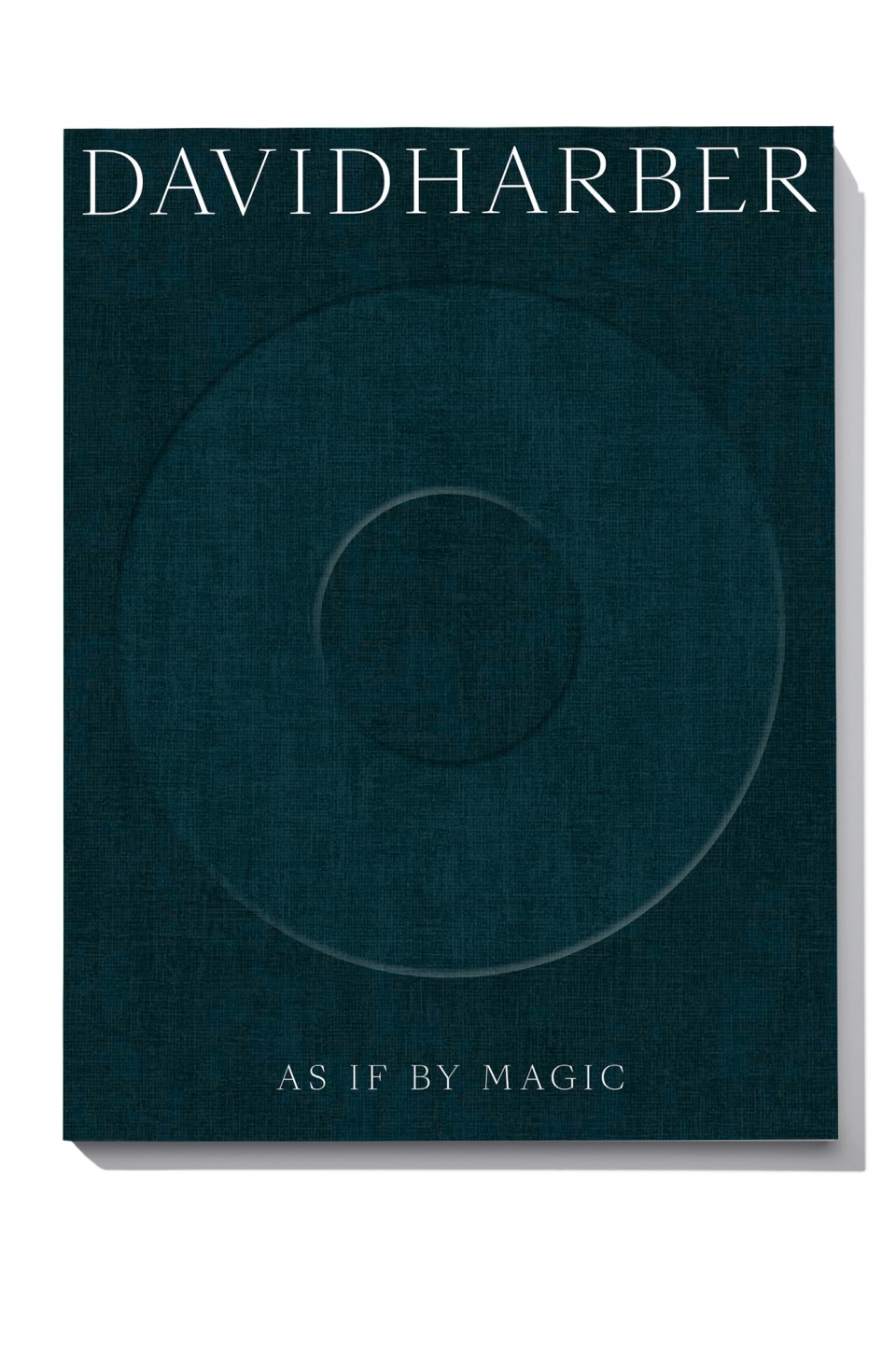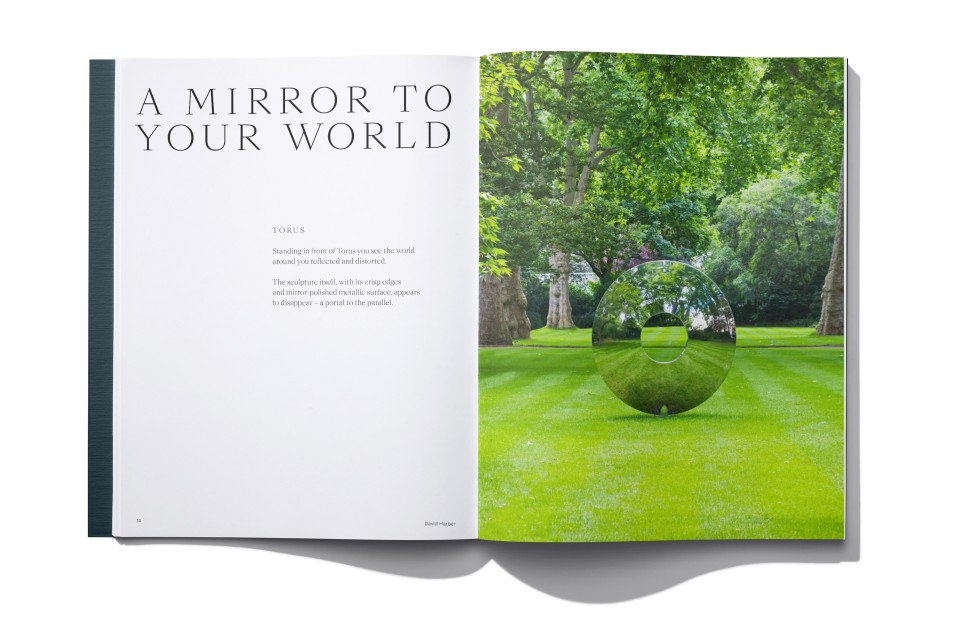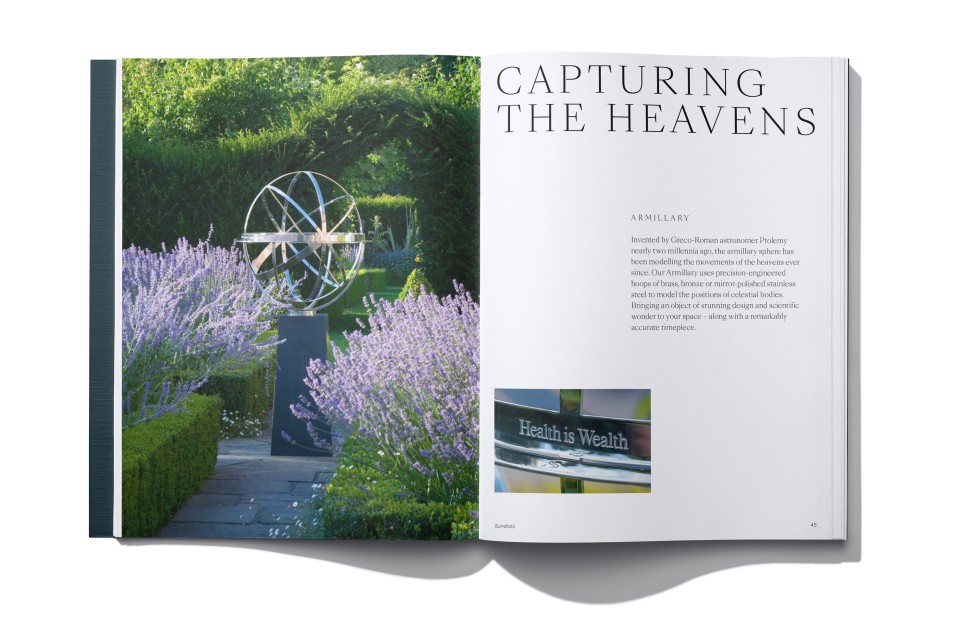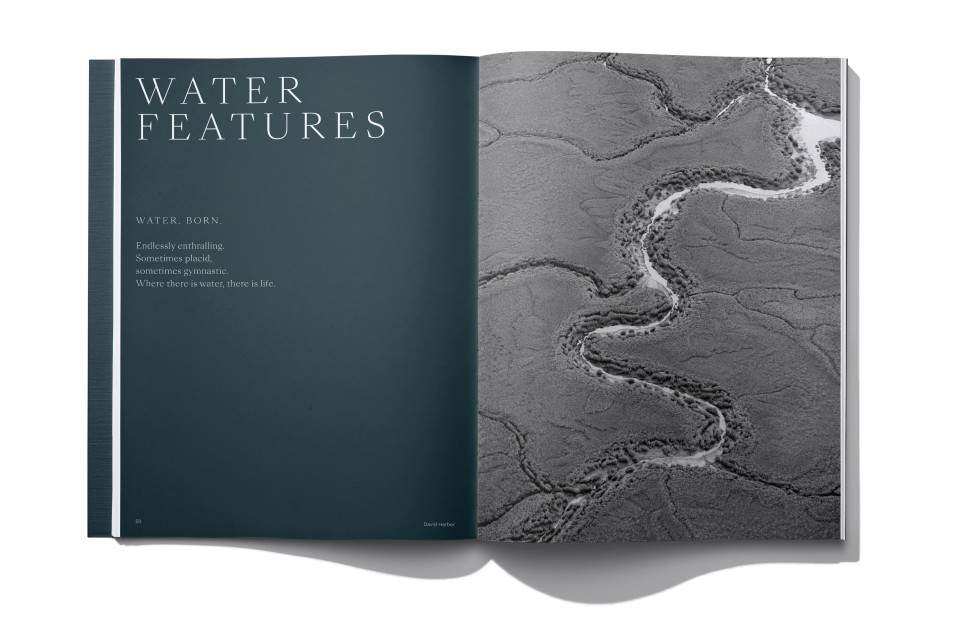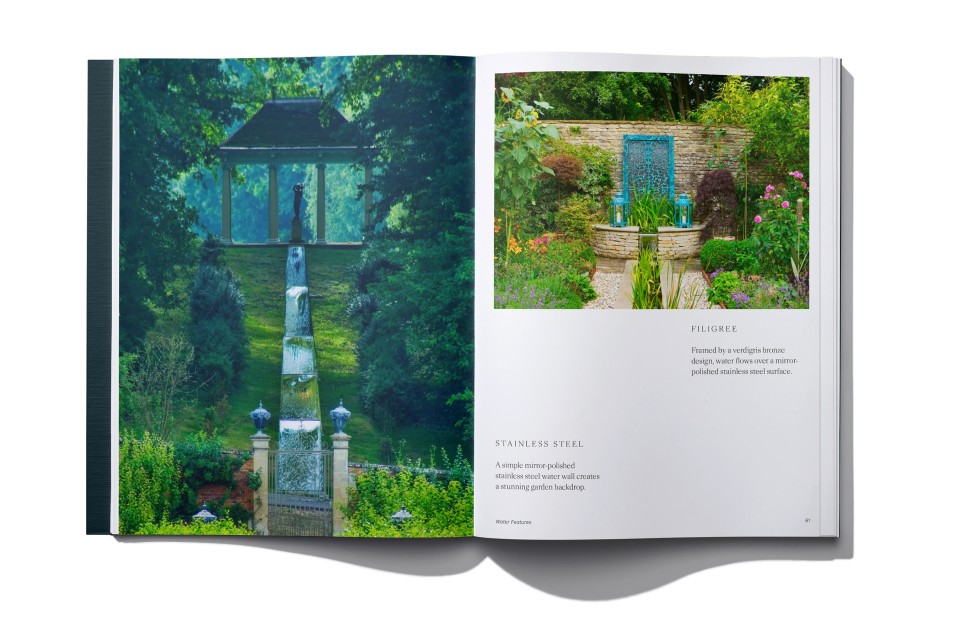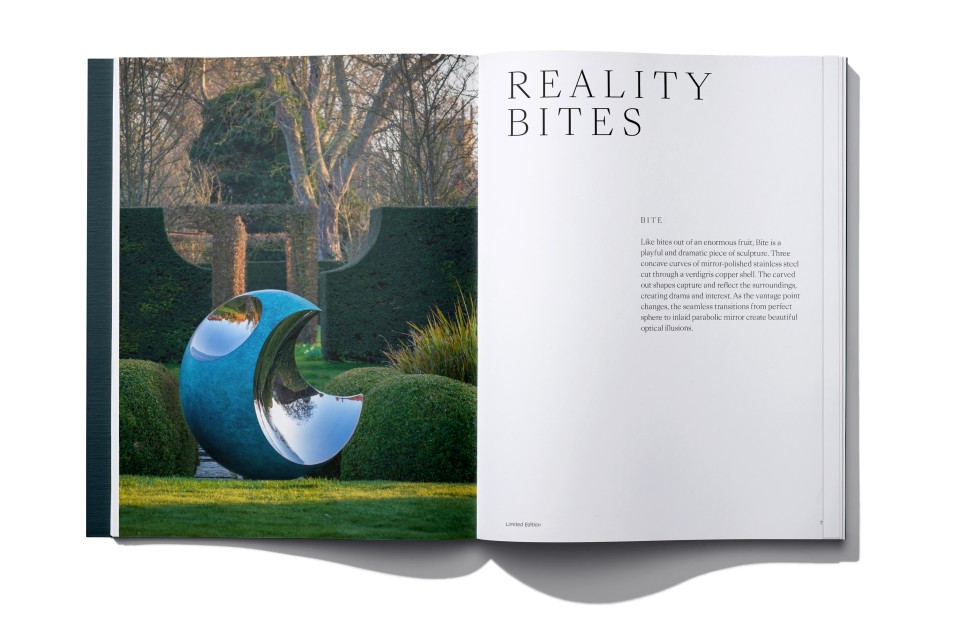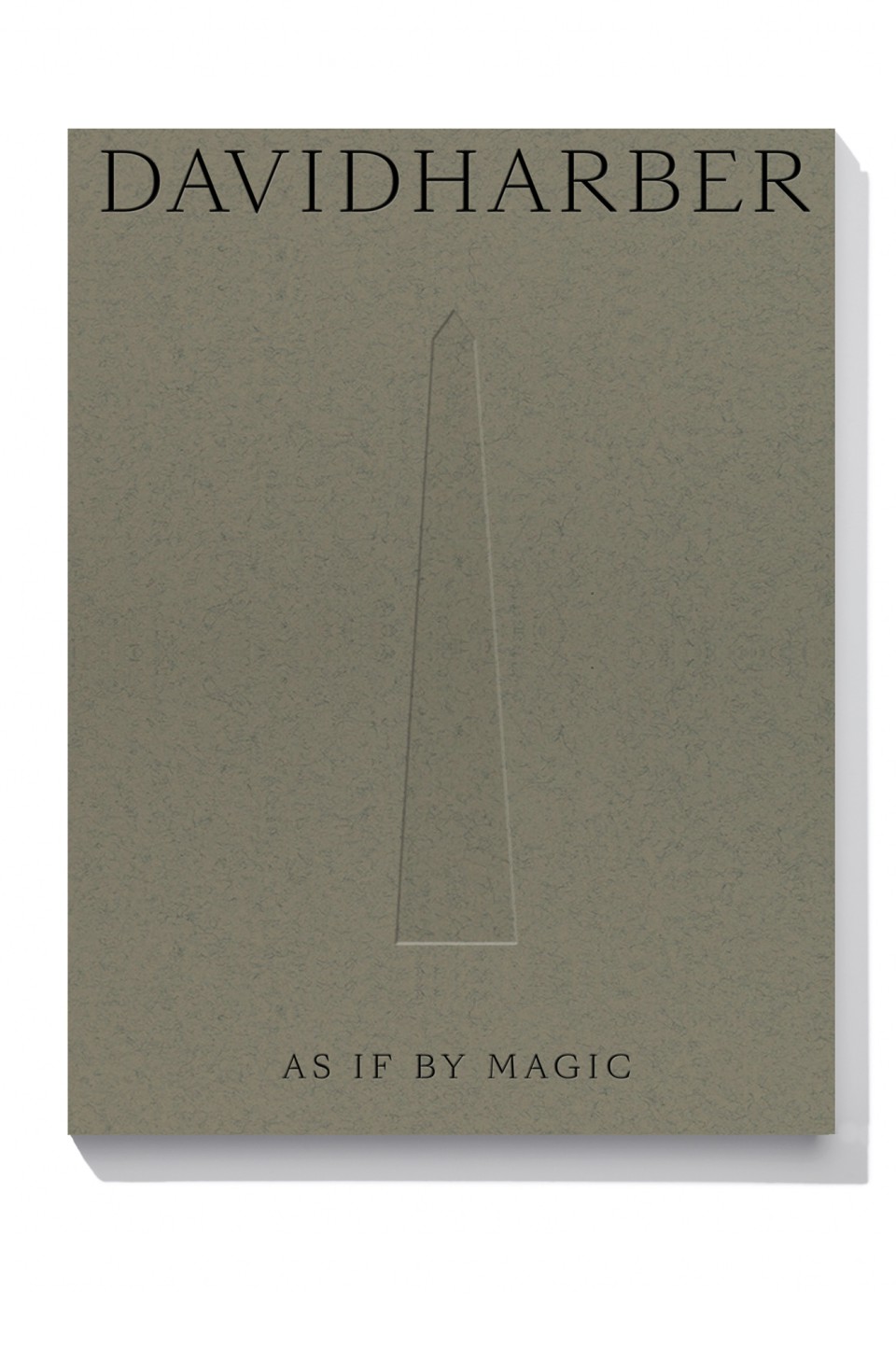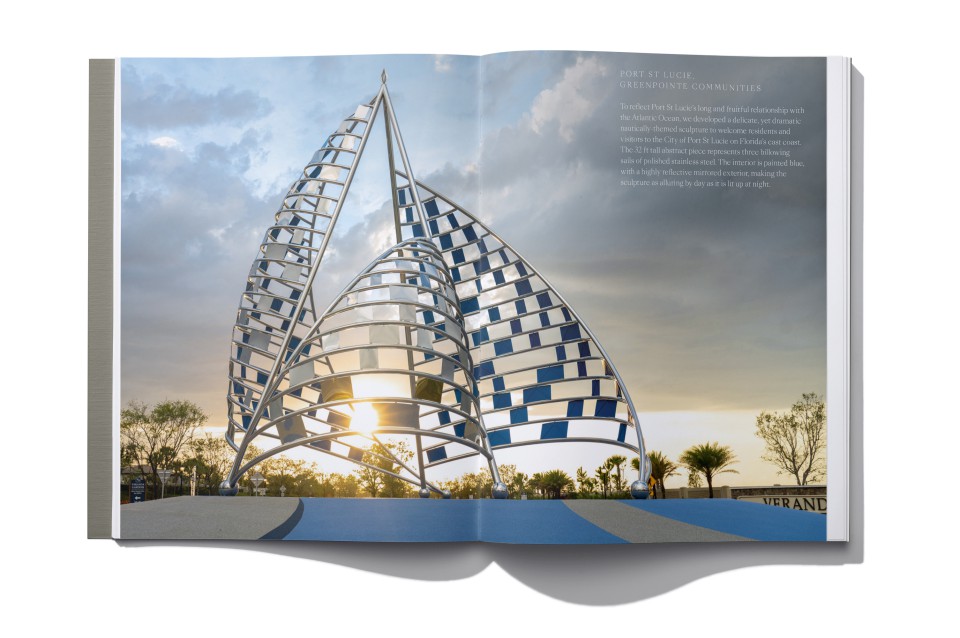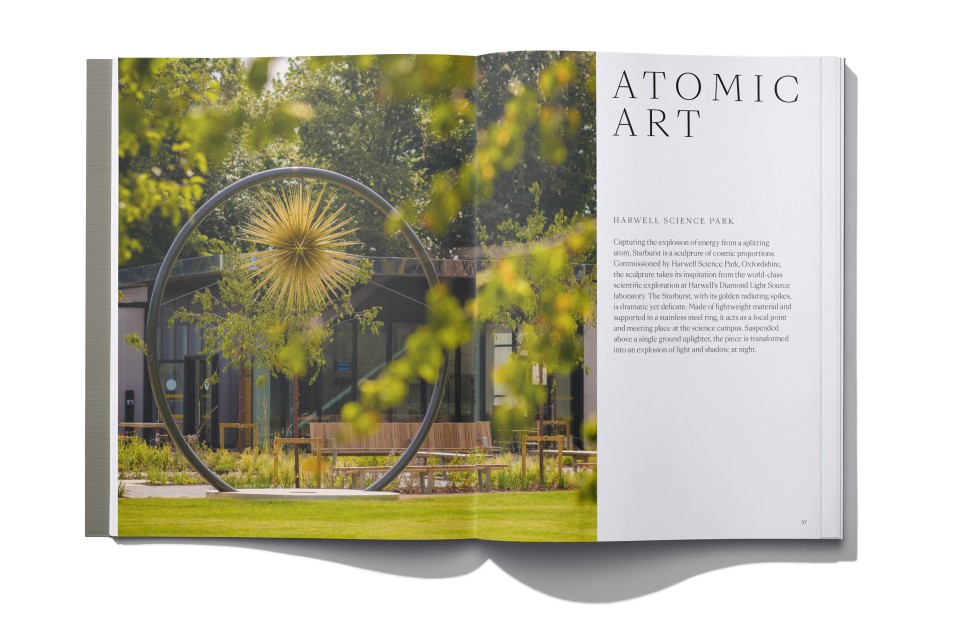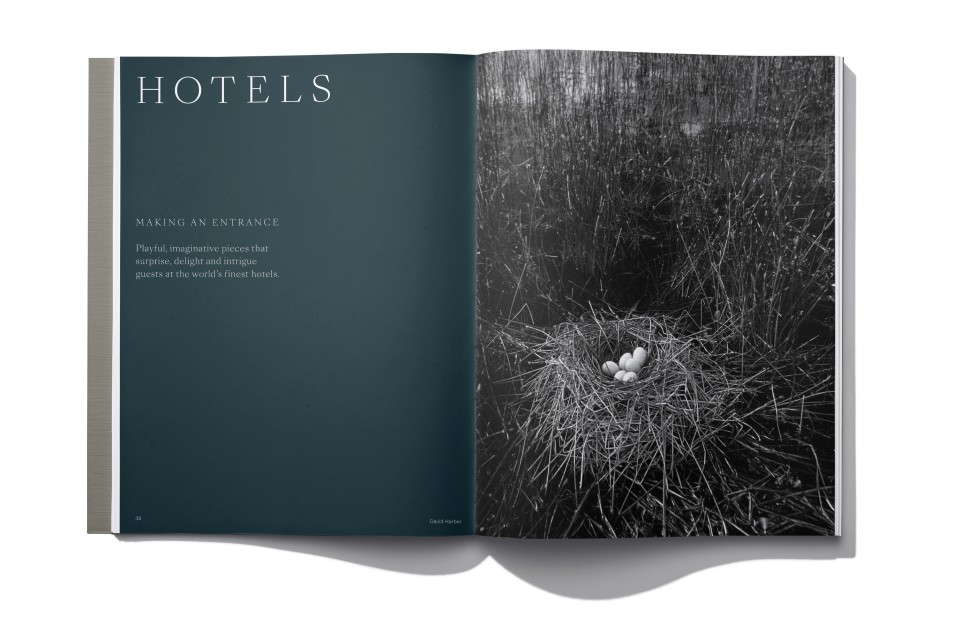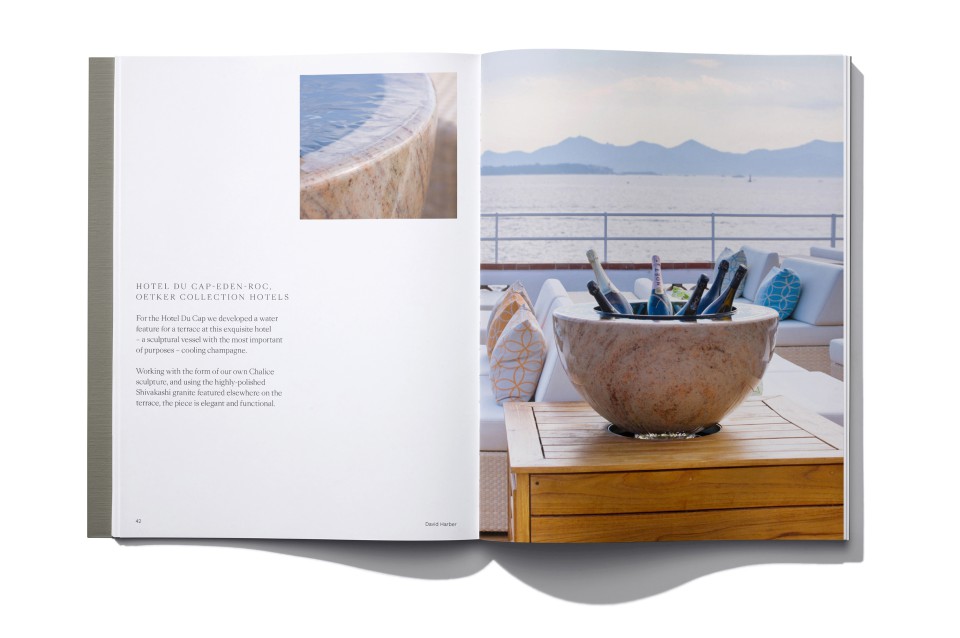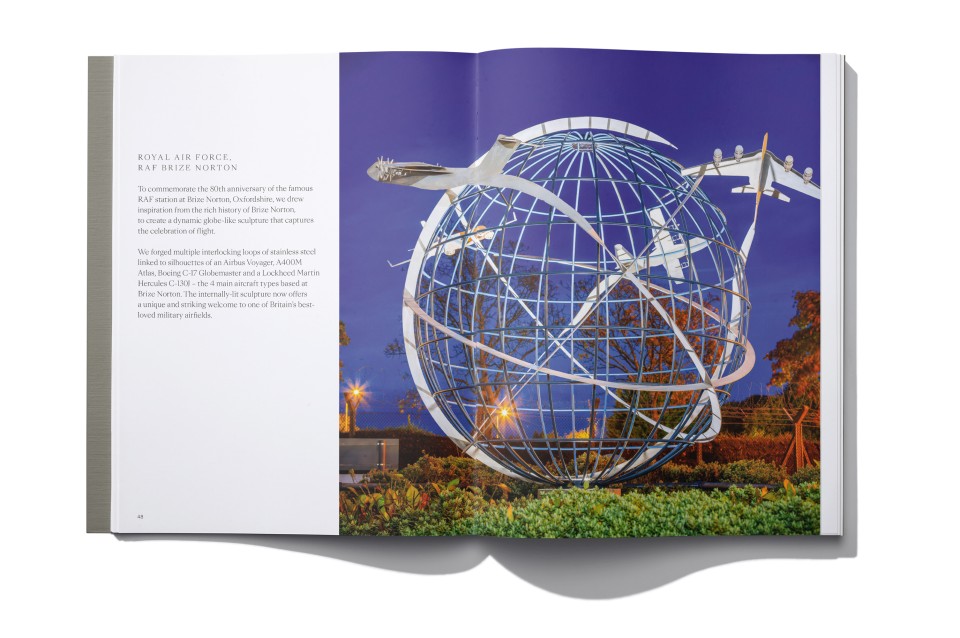Shipping & Installation
Wherever you are in the world, we never consider a David Harber commission fulfilled until it is delivered, installed and functioning to your complete satisfaction.
Distance is no object
With projects spanning four continents and a wealth of practical export expertise, we’re as happy sending our work around the corner as we are sending it around the world.
For overseas installations, we have more than thirty years’ experience in packaging, shipping and then coordinating the installation with local suppliers. Our careful planning and meticulous attention to detail are paramount when working on such projects.
Security
We take considerable care to ensure that each commission is installed appropriately and securely at the location of your choice. Additional measures can be provided for sites where security is of particular concern.
Electrics
To comply with current legislation, all permanent on-site electrical connections must be made by your own appropriately licensed electrician.
Filtration
To maintain optimum performance in our water fountains, we strongly recommend including one of our customized filtration packages and carrying out regular maintenance.
Aftercare
All David Harber installations are built to stand the test of time, whether indoors or out, and in most cases require minimal aftercare support with the exception of water fountains.
